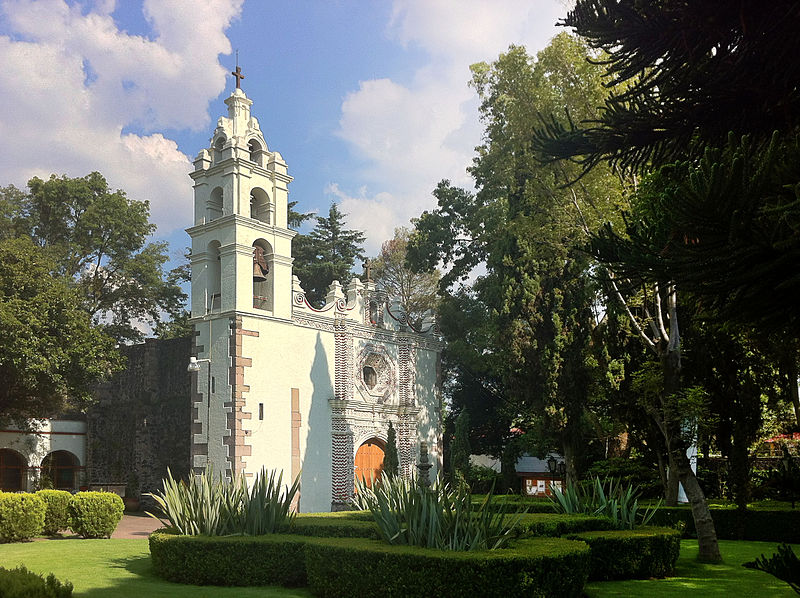
One of the most beautiful of original settlements, and certainly of those pueblos’ churches, San Jerónimo Aculco-Lídice is simply a magnificent place to visit. Most residents will refer to the area simply as “San Jerónimo.” In fact, the history of the neighborhood, or of the two neighborhoods, is quite a bit more complicated than that of the translator of the bible for whom they’re named.
A settlement here, called Aculco, meaning, “place where the river bends,” is known to have existed since the Toltec period, roughly 900–1168 CE. A dam built in 1934 revealed one side of a pyramid from this period.
The Franciscans had already begun a chapel here by the 16th century. It was first recorded in 1543. Today, it’s only used as an outdoor chapel, but the baptismal font and atrial cross remain. The larger church building was completed in 1713. The baroque façade of carved quarry stone and stone relief arabesques is among the best of its kind.
With twin naves, the main altar is in an elaborate Churrigueresque style. The atrium is more recent, but contains a gravesite for those who fell during the Battle of Contreras during the US invasion of 1847. The Mexican army was camped south of the town in an area today called Lomas de Padierna, and which was later to make up a community land grant for the town.
During most of the colonial period, the church was the center of a number of agricultural estates and ranches. The town grew to be a popular countryside village with the advent of railways in the 19th century and specialized in fruit and vegetable production throughout the period. Much of the present town is from this period.
The fruits and produce were delivered by donkeys who also carried swinging oil lamps. Visible from miles away the flickering lamps led to tales that there were witches in the hills surrounding the town. That reputation still makes up something of the lore of the area.
When residents of the town learned of a massacre of men, women, and children during the Nazi occupation of Czechoslovakia in 1943, it was decided to change the name of the northern part of the village to San Jerónimo Lídice. The south side is now referred to as San Jerónimo Aculco. The massacre is still commemorated in the square in front of the church.
San Jerónimo Aculco Lídice began, in the 1960s, to develop into a very posh, and now, not so far-off neighborhood of the city. With a few art galleries, and a number of upscale shopping centers, it’s still weighted in history by the town’s extensive use of local volcanic stone in both architecture and street paving. That’s to say, it’s about as charming as charming gets.
 sanjelidice@gmail.com
sanjelidice@gmail.com
 +52 (55) 5681 0386
+52 (55) 5681 0386
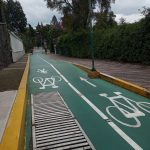
Nearest at 0.30 kms.
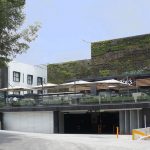
Nearest at 0.80 kms.

Nearest at 0.83 kms.
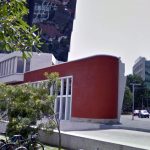
A remarkable vision of the mid-century in Mexico City . . .
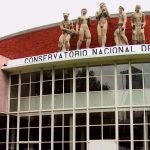
A remarkable National Monument and School of Music . . .
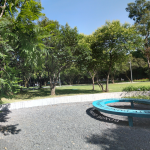
A wonderfully kept secret part of Chapultepec on the edge of Lomas . . .
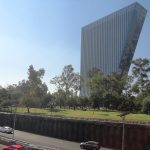
A dramatic, looming tower above western Chapultepec . . .

Main street in one of Mexico City's most iconic southern neighborhoods . . .